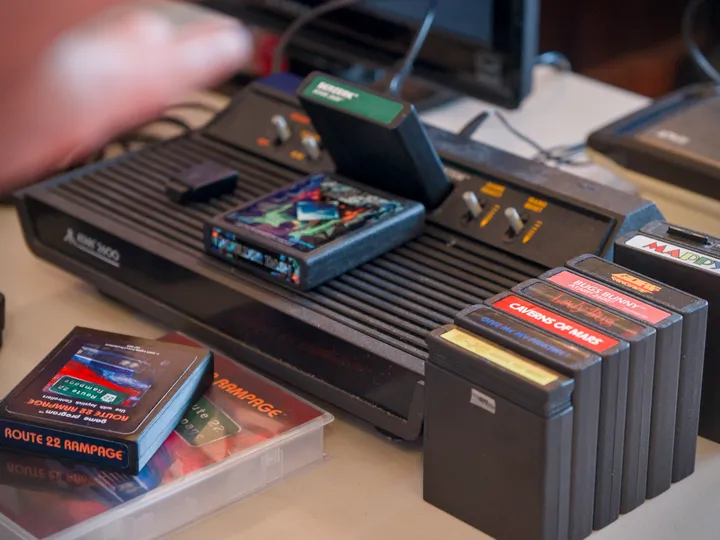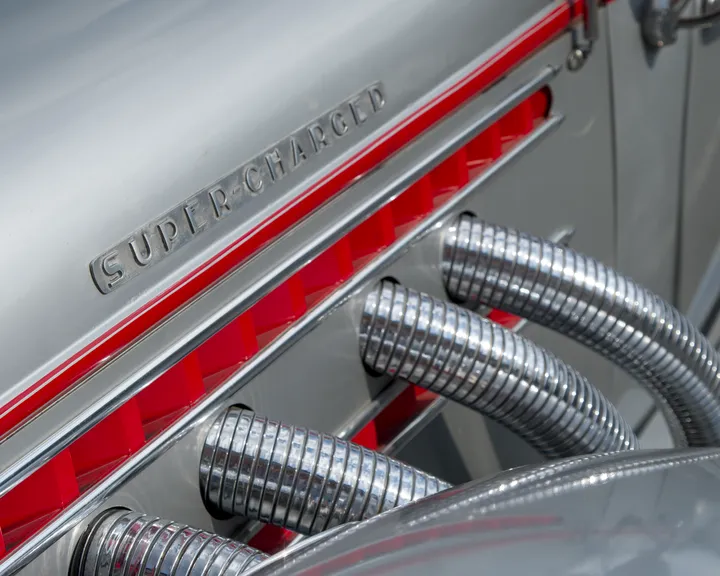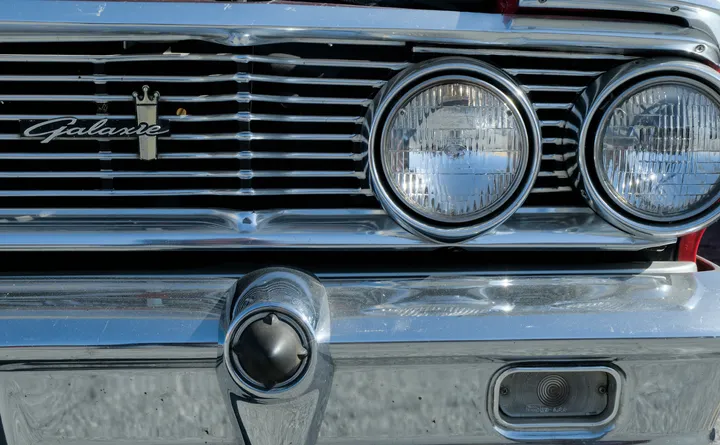Category: Art
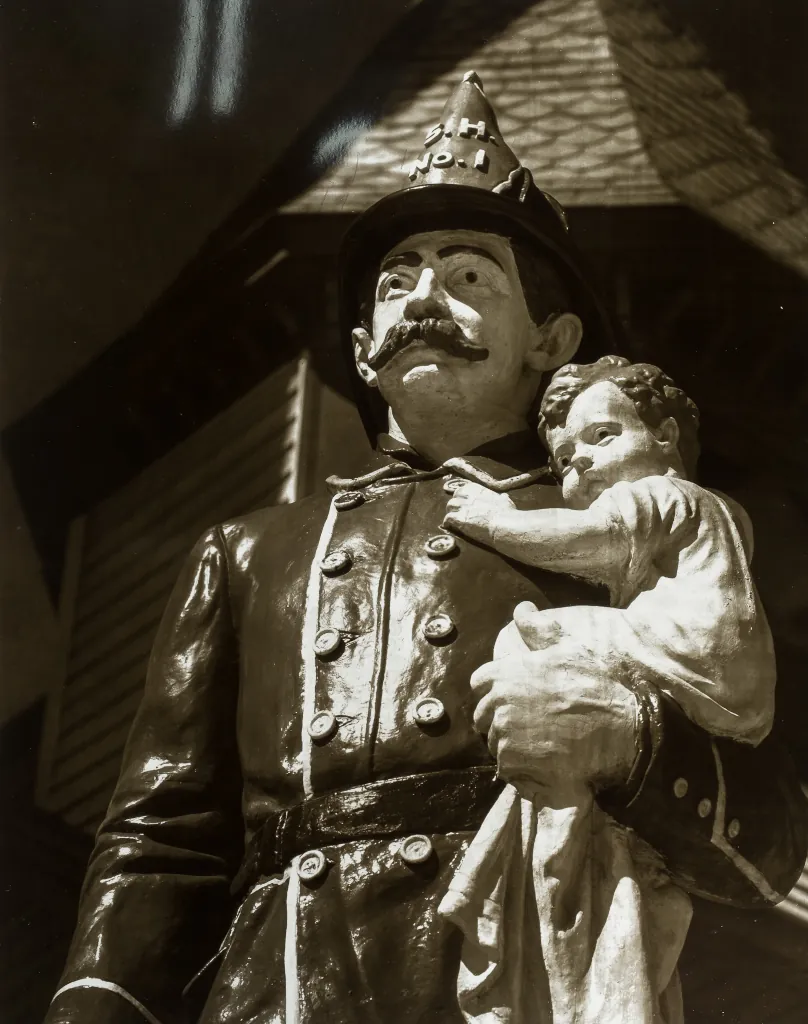
Here and Now: 100 Years of LUAG, 100 Local Artists
Excited to share that my carbon print Fireman’s Drinking Fountain is included in Here and Now: 100 Years of LUAG, 100 Local Artists at Lehigh University Art Galleries!
LUAG Main Gallery, Zoellner Arts Center
September 2, 2025 – May 22, 2026This centennial exhibition celebrates the incredible range of artists in the Lehigh Valley. Grateful to be part of such a milestone moment for LUAG!
Gallery Hours: Tuesday 11–7, Wednesday 11–5, Thursday 11–7, Friday 11–5, Saturday 1–5. Closed Sunday & Monday.
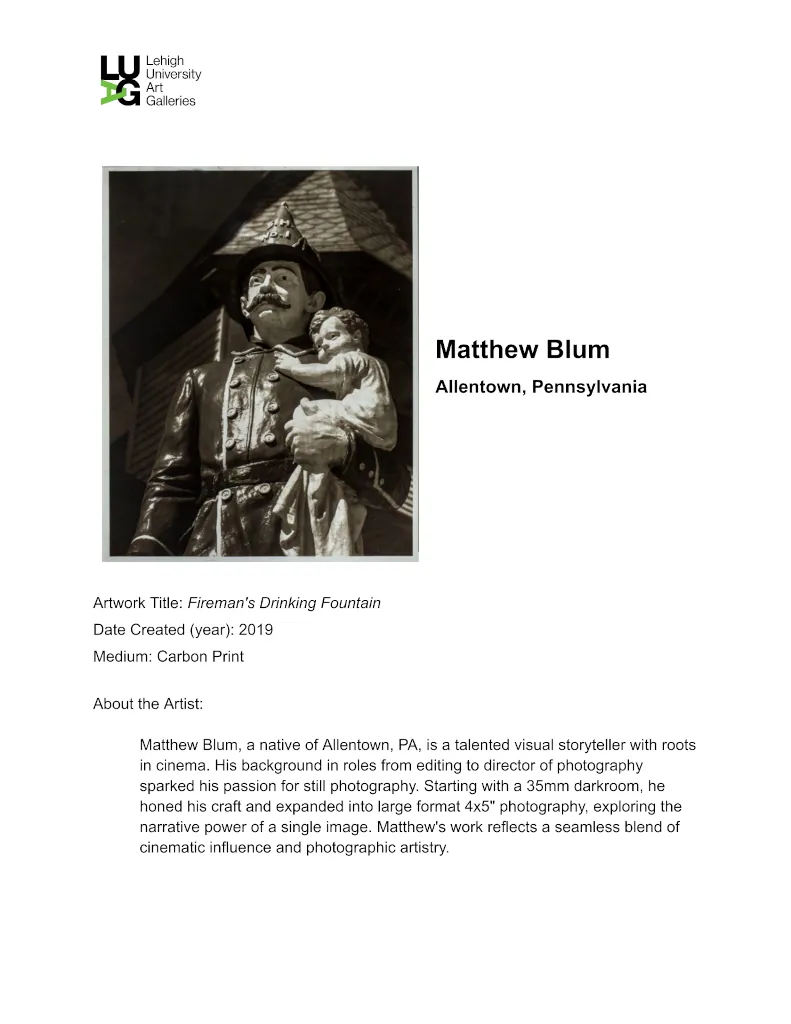

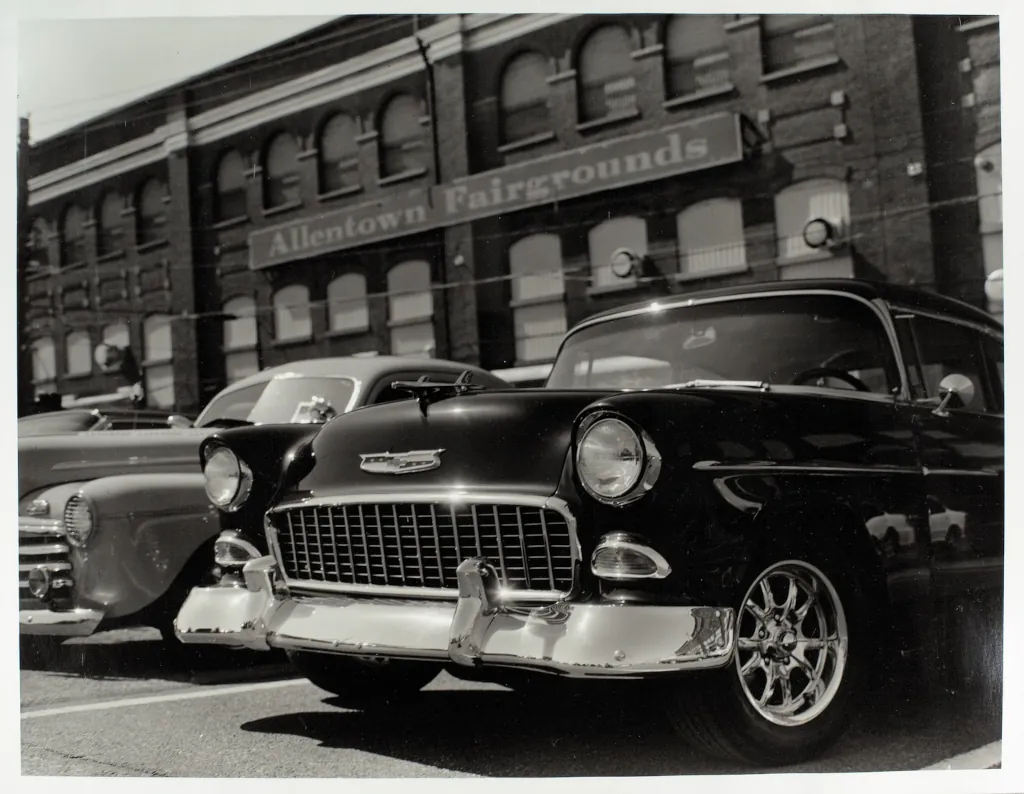
Armature for Aperture
December 5, 2024 – January 31, 2025
This exhibition focuses on the innovative exploration in photography from two talented artists. Matthew Blum and Adam Atkinson both push the boundaries of process, subject matter, and presences within the practice of photography. Armature for Aperture focuses on the key components of composition, value and the structures that support the space between the lens, the artist, and the subject itself. Each artist’s body of work represents a very specific intent in the broad conversation of capturing emotion, relevance, and relation to the human experience.
